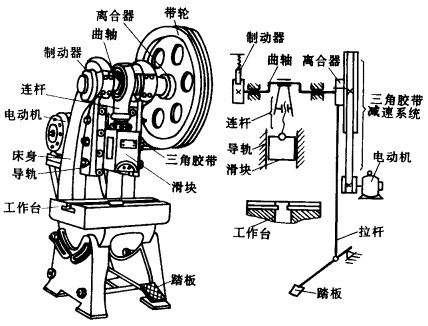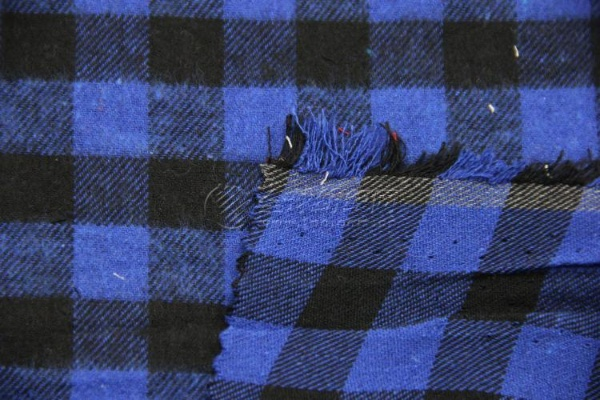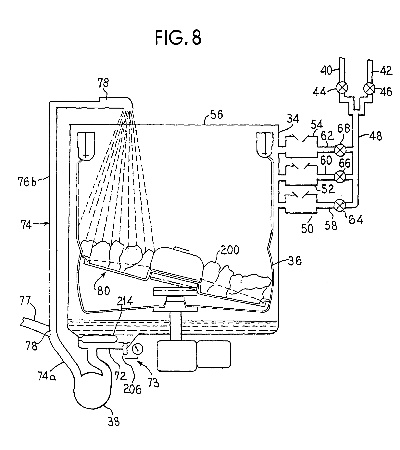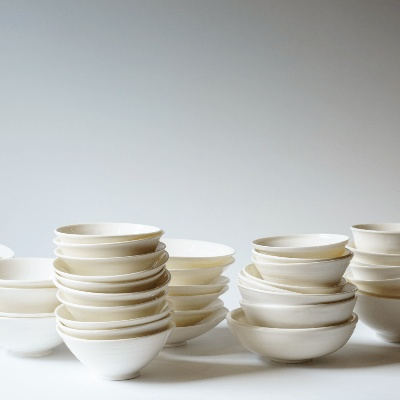Understanding the Influence of pH on Textiles:A Comprehensive Guide
This comprehensive guide aims to provide a detailed understanding of the influence of pH on textiles. The guide covers various aspects such as the effects of pH on fabric color, fabric strength, and fabric durability. It also explores the importance of pH adjustment in dyeing processes and its impact on the quality of finished products. The guide provides practical tips for maintaining optimal pH levels in textile production environments and offers insights into how to optimize pH for specific applications. Overall, this guide is designed to help textile professionals make informed decisions about pH management in their operations.
Introduction: The pH level of a solution is a measure of its acidity or basicity. It's a fundamental property that can significantly impact the performance, durability, and appearance of textiles. This guide will explore the factors that influence the pH of textiles, including the chemical composition of the fabric, environmental conditions, and the use of dyes and finishing agents. We will also present an illustrative table to help visualize these relationships and offer practical examples to demonstrate how pH affects different textile applications.
Factors Affecting pH in Textiles:

-
Chemical Composition:
- Cotton: Naturally has a pH range of 6.0 to 7.5. Higher pH levels may cause discoloration or yellowing due to the presence of natural pigments.
- Polyester: Generally has a neutral pH (7.0), but some synthetic polyesters may have a slightly alkaline pH due to the presence of certain additives.
- Wool: Has a pH range of 4.5 to 6.5, which is acidic due to the presence of amino acids. This can affect the color stability and feel of the fabric.
-
Dyeing Processes:
- The pH of the dye bath can affect the color intensity and hue of the finished textile. For instance, acidic dyes are more effective at high pH levels, while basic dyes perform better at lower pH values.
- pH adjustment during dyeing can be necessary to achieve specific shades or prevent undesired reactions with other chemicals used in the process.
-
Finishing Agents:
- Many finishing agents, such as fixatives and anti-wrinkle agents, have a pH value that needs to be maintained within a specific range for optimal performance.
- If the pH of the finishing agent changes, it can alter the final properties of the textile, such as its flexibility or resistance to wear and tear.
-
Environmental Conditions:
- Changes in temperature and humidity can affect the pH of water used for cleaning or wetting textiles.
- Exposure to strong acids or bases can lead to a shift in pH, potentially causing damage to the fabric or affecting its longevity.
-
Fabric Construction:
- The type of fabric construction can influence the internal pH balance. For example, knitted fabrics tend to have a higher internal pH due to the structure's effect on the distribution of liquids.
- The use of fillers or additives can also affect the pH of the fabric, especially if they contain substances that react with water or dyes.
Practical Example: Consider a woolen sweater that was dyed using a basic dye. The manufacturer noticed that the color faded over time, possibly due to the acidic nature of the wool itself. To address this issue, they adjusted the dye bath's pH to a more neutral range and tested the new batch for color stability. This change resulted in improved dye uptake and retention, extending the lifespan of the sweater.
Conclusion: pH plays a crucial role in determining the quality and performance of textiles. By understanding the factors that influence their pH, manufacturers can optimize their processes and ensure that their products meet consumer expectations. With careful control and consideration of environmental factors, textiles can be made with greater precision and endurance, ensuring their longevity and appeal.
纺织品PH(pH值)是衡量纺织品质量的重要指标之一,它直接影响到纺织品的耐久性、舒适性和安全性,本文将探讨影响纺织品PH的因素,并通过案例分析进一步说明。
影响纺织品PH的因素
原料成分
纺织品的PH值主要受到其原料成分的影响,不同的纤维类型具有不同的酸碱度,因此选择合适的纤维类型是确保纺织品PH值符合要求的关键,酸性纤维如棉、麻等更适合用于制作透气性好的衣物,而碱性纤维如涤纶则更适合用于制作需要保持一定pH值的衣物。
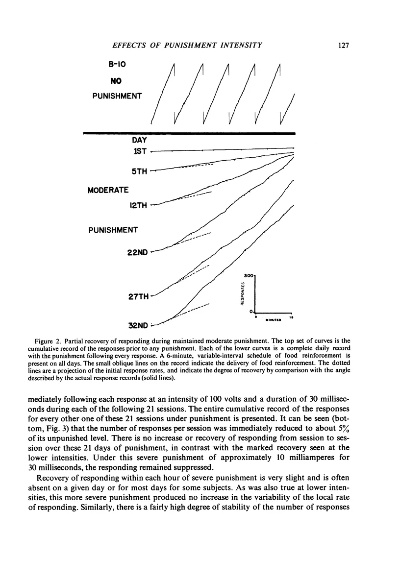
生产工艺
纺织品的生产工艺也会对PH值产生影响,不同的生产工艺可能使用不同的化学物质和添加剂,这些物质和添加剂可能会对纺织品PH值产生不同的影响,纺织品的染色、印花等工艺也会对PH值产生影响,某些染料在高温下可能会释放酸性物质,导致纺织品PH值上升。
环境因素
环境因素也是影响纺织品PH值的重要因素,水源的酸碱度、空气中的污染物浓度等都可能对纺织品的PH值产生影响,气候变化也可能导致纺织品的PH值发生变化,极端天气条件下,某些纤维可能会吸收水分,导致PH值上升。
案例分析
以某品牌纺织品为例,其PH值受到多种因素的影响,该品牌主要使用天然纤维和环保染料,以确保纺织品具有优良的耐久性和安全性,在生产过程中,该品牌严格控制原料成分和生产工艺,以确保纺织品符合特定的PH值要求,该品牌注重环境保护,尽量减少对环境的影响。
在案例中,我们可以看到以下因素对该品牌纺织品PH值的影响:
-
原料成分:该品牌主要使用天然纤维如棉、麻等,这些纤维具有较低的酸碱度,适合制作透气性好的衣物,该品牌严格控制原料采购渠道,确保原料质量符合要求。
-
生产工艺:该品牌采用先进的生产工艺,严格控制染色、印花等工艺过程,以减少对环境的影响,该品牌还注重环保技术创新,采用环保染料和环保工艺,确保纺织品符合环保要求。
-
环境因素:该品牌的生产环境受到严格控制,确保水质达到一定的标准,该品牌注重宣传环保理念,提高消费者对环保纺织品的认知度,该品牌还积极参与环保活动,为社会做出贡献。
纺织品PH值受到多种因素的影响,包括原料成分、生产工艺和环境因素等,为了确保纺织品的质量和安全性,生产企业需要从多个方面入手,严格控制原料成分和生产工艺,注重环境保护和可持续发展,消费者也需要提高环保意识,选择符合环保要求的纺织品。
Articles related to the knowledge points of this article:
